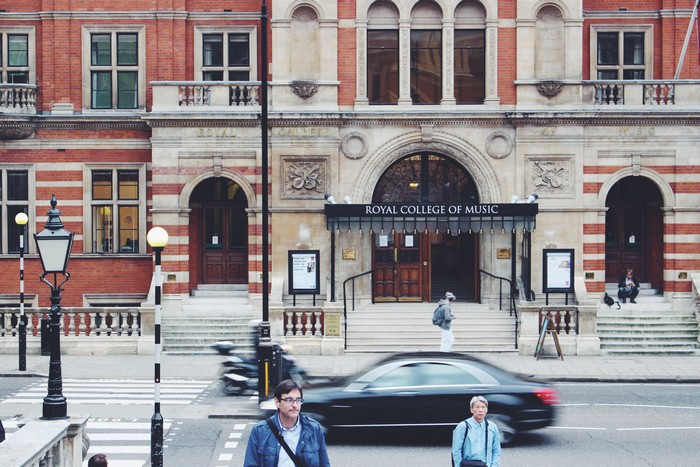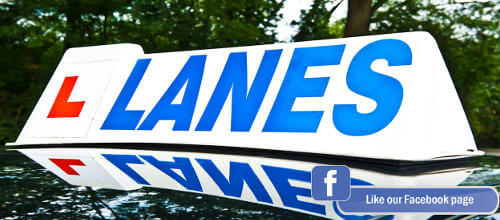
Driving too fast, which we’re all guilty of sometimes, can be extremely dangerous – it’s not big, and it’s not clever… With conditions on the road always affecting the way we drive, they’re something we need to consider when leaving ourselves enough space to brake. Stopping distance is an equation made up of the thinking and braking distances (but don’t worry, we’re not about to make you complete a physics test!). Essentially:
Thinking distance + Braking distance = Stopping distance
So, what are these distances and how can the factors make a difference?
Thinking distance
Thinking distance is the amount of time it takes for you to register a hazard and start to brake your vehicle. No matter how hard you try, you’ll never be able to brake immediately – we can’t all have reflexes like The Flash. The trouble is that the faster you’re driving, the further you’ll travel during the time it takes you to slam your foot on the brake. It then affects your braking distance. Some of the factors you should take into account are…
- Tiredness – Lack of sleep plagues all of us sometimes, and can cause our attention span to suffer. Our reaction times may not be up to scratch, so take regular breaks if you’re tired.
- Distractions – Lack of focus, as we all know, can result in catastrophe. It’s illegal to hold a mobile during your drive, but even hands-free driving can be dangerous.
- Inebriation – You should never drive under the influence. Drugs and alcohol can severely impact your reaction time, and slower reactions will increase your chance of an accident.
Braking distance
Your braking distance is defined as the time that it takes for your car to stop once you’ve started to brake. The faster your speed, the longer it will take for you to come to a complete halt. Due to this changeable distance, the Highway Code outlines distances for a range of speeds. Whereas the thinking distance is often down to the condition of the driver, braking distance factors are often out of our control – deep breaths, control freaks…
- Weather conditions – The weather can have a massive impact on driving. If the roads are wet or icy, it takes much longer to stop. It’s recommended to leave double the amount of space between you and the car in front when it’s wet, and up to 10x that amount if it’s icy.
- Road conditions – Potholes are the least optimal road conditions, and we all know how uncomfortable they are to drive over. Muddy surfaces will also increase your braking distance, so drive with care along these roads.
- Car conditions – This is something we do have control over. The condition of your brakes will dictate how quickly you stop, so make sure they’re as responsive as possible. The condition of your tyres is imperative – if the tread is too worn then it can take longer to brake.
As we can see, stopping your car is a little higher maintenance than you may have thought… Since your stopping distance is a combination of your thinking and braking times, we can see how it quickly adds up. Here are the recommended stopping distances for different speeds:
- 20mph – Thinking 6m + Braking 6m = Stopping 12m (around 3 car lengths)
- 30mph – Thinking 9m + Braking 14m = Stopping 23m
- 40mph – Thinking 12m + Braking 24m = Stopping 36m
- 50mph – Thinking 15m + Braking 38m = Stopping 53m
- 60mph – Thinking 18m + Braking 55m = Stopping 73m
- 70mph – Thinking 21m + Braking 75m = Stopping 96m
So, when you’re on that drive with friends or you’re running a few errands, make sure you keep your stopping distance in mind and leave room between yourself and the car in front. At the moment we’re all used to our personal space anyway…
For more on-the-road tips or to arrange your driving lessons, give Lanes School of Driving a call on 020 8166 5678 or email us at . We’ve helped thousands of students pass their test – you’ll never catch Lanes graduates driving too fast!

